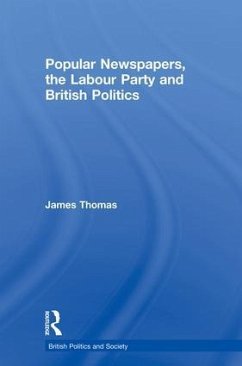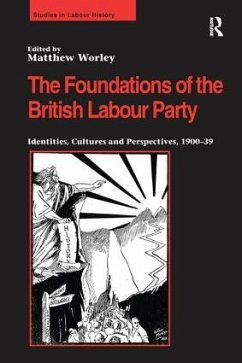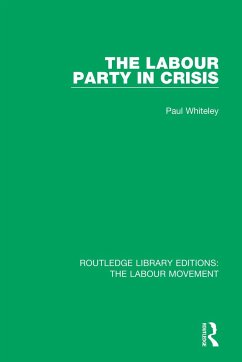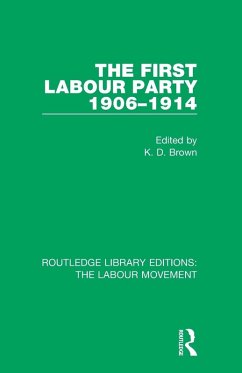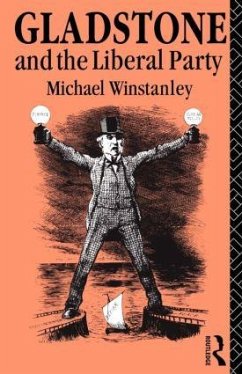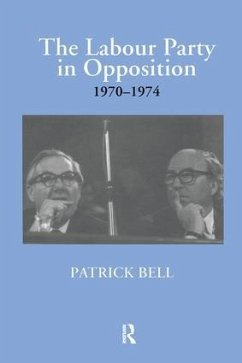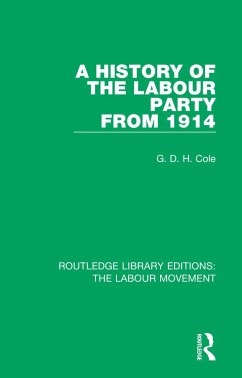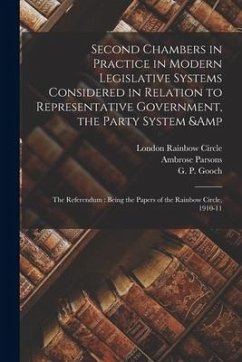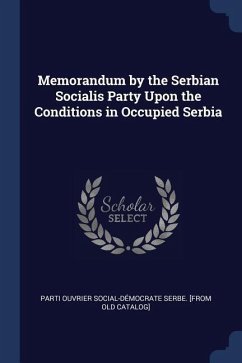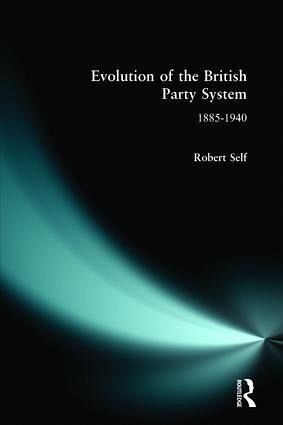
Evolution of the British Party System
1885-1940
Versandkostenfrei!
Versandfertig in 1-2 Wochen
63,99 €
inkl. MwSt.
Weitere Ausgaben:

PAYBACK Punkte
32 °P sammeln!
By the end of the nineteenth century, reform and development of the British electoral system had inaugurated a new style of mass politics which fundamentally transformed the face of the British party system. This book traces the evolution of recognisably modern parties from their roots in the 1880s through half a century of dramatic change in organisational structure, electoral competition and constitutional thought.





